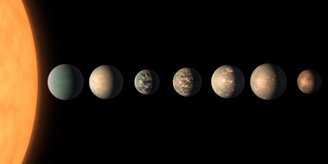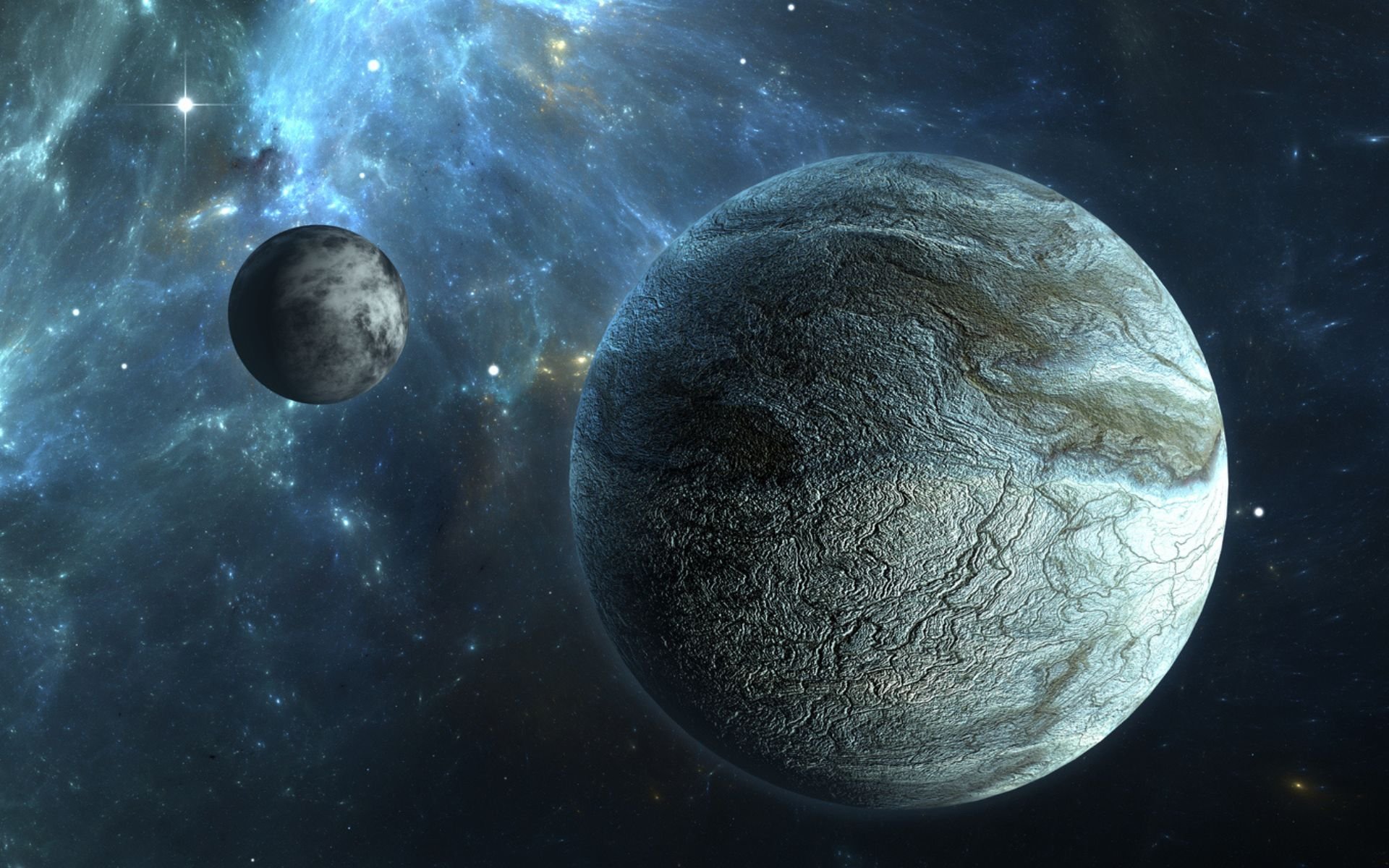In a study recently published in the journal Nature Astronomy, An international team of scientists has revolutionized finding liquid water and even life on exoplanets. Instead of looking for traditional observables such as the brightness of the ocean or the abundance of molecular oxygen in the atmosphere, they propose looking for the absence, not the presence, of a chemical element (carbon) in the atmosphere.
Since normally identifiable features are difficult to observe even with state-of-the-art or future observatories, the idea is to create a new type of signature, in this case carbon scarcity in the “atmosphere of a temperate rocky planet.” relative to other planets in the same system,” the study says.
The advantage of the new subscription is this: The James Webb Space Telescope (JWST) can now detect the presence of carbon on exoplanets. Observation of light emitted or absorbed by CO2 in the 4.3 micrometer spectral band. Therefore, the low carbon content indicates the possible existence of abundant liquid water, tectonic plates and even biomass.
A homemade solution to detect life on exoplanets
Currently, astronomers have detected more than 5,200 planets beyond our solar system. Although modern telescopes can measure a planet’s distance from its star and its orbital period, There’s no effective way to tell for sure that it’s still habitable.
So the team decided to rely on a homemade solution: our own solar system. Although Venus, Earth, and Mars share similarities in that they are rocky and live in a temperate zone, only our planet is home to liquid water.
Another distinctive feature This is because the Earth has a significantly poorer atmosphere in terms of carbon dioxide.
Implementation of new roadmap to detect alien life

According to the authors, this new form of research would be more efficient in “peas in a pod” planetary systems, where several planets of the same size are in close orbits. Therefore, the first step would be to see if they have atmospheres and detect the presence of CO2, which is assumed to predominate in most of them.
According to study co-leader Professor Julien de Wit of MIT, “carbon dioxide is a very strong absorber in the infrared and can be easily detected in the atmospheres of exoplanets.”
One candidate to test the use of the new signature is the TRAPPIST-1 planetary system, which orbits a bright star just 40 light-years from Earth. Additionally, “JWST is one of the few systems where we can do terrestrial atmospheric studies,” de Wit explains. “We now have a road map for finding habitable planets,” he concludes.
Stay up to date with the latest astronomical studies at TecMundo. If you want to learn more about the outer planets, check out the system of 7 planets revealed in data from past NASA missions.
Source: Tec Mundo
I’m Blaine Morgan, an experienced journalist and writer with over 8 years of experience in the tech industry. My expertise lies in writing about technology news and trends, covering everything from cutting-edge gadgets to emerging software developments. I’ve written for several leading publications including Gadget Onus where I am an author.













